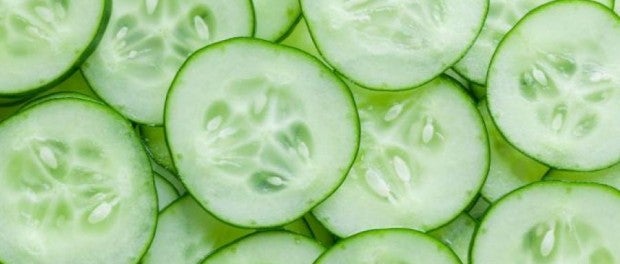Gardening Guidelines for the Farm Family

When you first begin the journey that is owning and operating a beginning farm, there is going to be a bit of a learning curve you must endure. Whether it is in the vein of animal husbandry, general upkeep, or gardening, there are things we must learn by trial and error. Unfortunately the error part of the equation can be quite costly, so it is in our best interest to make as few mistakes as possible.
A common issue faced by new farmers comes in the form of gardening. Despite the many steps we take to ensure a successful garden, one of the most easily overlooked questions is how much to plant. It can be surprising at times how much you wind up with, not to mention overwhelming. You may find that you have a surplus so large that you can’t sell it all at local farmer’s markets and are also unable to give it away to friends because you’ve already inundated them as well as yourself. On the flipside, you may not produce enough, in which case you find yourself standing in the produce section of your local grocer with furrowed brows mulling over what to buy for dinner. Neither of these scenarios presents an enviable position to be in, so avoidance is key.
The truth is that there is no definite answer as to exactly how much to plant no matter how much we may wish for one. The fact of that matter is that there are always variables. You may find yourself faced with a drought or pest problems that cost you some crops. Deer may invade your perfectly calculated garden and take a single bite out of everything before discarding it as waste. You may also find that the weather couldn’t be better and your plants are generating more vegetables than you can possibly use or store. It will always come down to a bit of a coin toss. Even the Farmer’s Almanac is unable to tell you if your seeds and ultimately plants will or will not be duds this season.
Since determining what to plant falls squarely on your shoulders, it is useful to have a general idea of what a good jumping off point would be. For example, how many carrots can one person or one family consume? What about cucumbers and tomatoes? The fact that one person may dislike a certain vegetable and another may love it can hinder planting estimations, but for the vegetables that are consumed, here is a reasonable place to start:
Asparagus: it takes between 10-15 plants to feed one person per year.
Broccoli: it takes between 3-5 plants to feed one person per year.
Carrots: it takes about 100 carrot seeds to feed one person per year.
Cauliflower: it takes between 2-3 plants to feed one person per year.
Cucumbers: it takes between 3-6 plants to feed one person per year.
Onions: it takes between 12-15 plants to feed one person per year.
Peas: it takes approximately 120 plants to feed one person per year.
Squash/Zucchini: it takes approximately 10 plants to feed one family per year.
Sweet Potatoes: it takes approximately 75 plants to feed one family per year.
Tomatoes: it takes approximately 20 plants to feed one person per year.
Something to keep in mind is that you may look at these numbers and be absolutely befuddled. The reason for that is that your own family’s needs may not match the very general guideline stated above, which is why it is important to factor in your own eating preferences. Do you cook with onions frequently or eat a veggie heavy diet? If so, that will need to be factored in when making your garden calculations. With careful planning as opposed to haphazard planting, however, you are sure to be much closer to the happy medium you desire with an amount of farm fresh vegetables that is closer to just right than not enough or too much. Bon apetit!







 Your Privacy Choices
Your Privacy Choices
Leave a comment